Despite predictions for an historic agreement, we have been here before, says Firouz Farzani
“An economy plagued by stagflation behaves like a seesaw in a playground. In periods of stagnation and recession, inflation slows or almost stops. Then, as soon as the economy grows a bit, inflation re-emerges – and takes off, sometimes at a gallop.”
My favorite “econometrist”, Dr. Fariborz Reisdana, described the performance of Iran's economy this way during the second term of ex-president Akbar Hashemi Rafsanjani. The observation was meant to be a lesson to Rafsanjani’s successors.
The point was that no economy that is subject to constant over-correction can evolve into a smooth, productive system. The same can be said about Iran’s relationship with America, which displays the same lurching on-again-off-again pattern — partly due to the leadership’s incompetence, and partly to do with infighting over the future of the Islamic Revolution.
Back in the heyday of reform, ex-president Mohammad Khatami convinced the world he was reaching out to the international community. CNN even pointed out that he had read the 19th Century classic Democracy in America by Alexis de Tocqueville.
Back then, Dr.Javad Larijani (currently the Head of the Human Rights Department of the Judiciary), was noted for being an enlightened clergyman with a background in physics and mathematics. By his own admission, he was engaged in secret talks with the Americans and others.
But this openness was a feint.
Larijani has since written, “We [the ruling establishment] never, ever had plans to normalize relations with America. But we fostered detente whenever tensions were dangerously high, to defuse things a little.”
Years later, Supreme Leader Ali Khamenei articulated the same doctrine over and over. That is: pursue constructive relations until it goes too far, then abruptly put the brakes on.
Mohammad Ali Abtahi, the legal and parliamentary adviser of ex-president Mohammad Khatami , said in an oral memoir, “As soon as it had it been arranged to have Presidents Clinton and Khatami bump into each other and shake hands in the corridors of the United Nations, a phone call from Tehran called the whole thing off.”
The current nuclear negotiations follow this old model of seesaw diplomacy.
There may well be a deal sooner or later, and the current two-year detente might continue – but long-simmering tensions will undoubtedly erupt again, and the vicious circle will resume.
President Rouhani and the like-minded reformists and pragmatists are selling the proposed nuclear deal as a " new chapter for constructive engagement with the world”( oh - except Israel, apparently ). In other words, the starting point for wider cooperation.
On the other hand, the Supreme Leader has made it clear he’s only endorsing the nuclear talks in order to reach a narrowly defined, very specific technical agreement, and not as a prelude to burying the revolutionary hatchet, or rebuilding ties with America.
Whatever the reformists may wish for, it is unlikely that they will be able to break the pattern of the past 36 years and finally climb off the seesaw.
To read more stories like this, sign up to our weekly email.
visit the accountability section
In this section of Iran Wire, you can contact the officials and launch your campaign for various problems








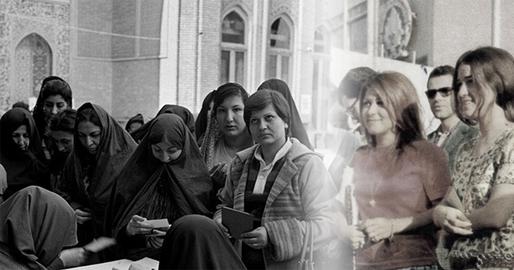
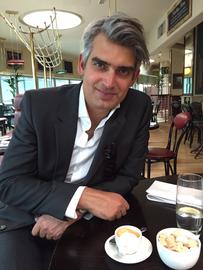
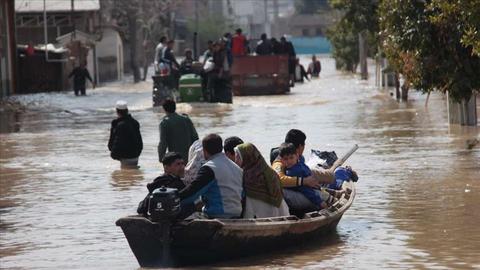
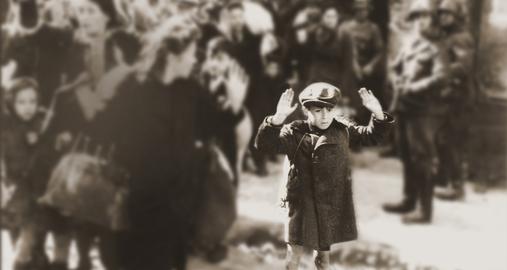
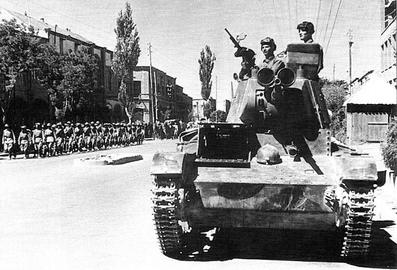
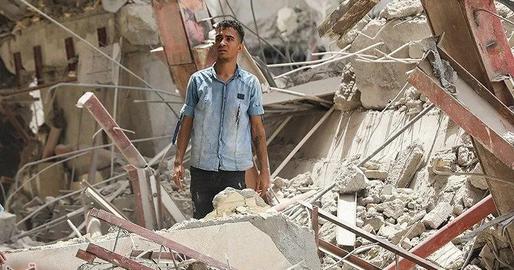
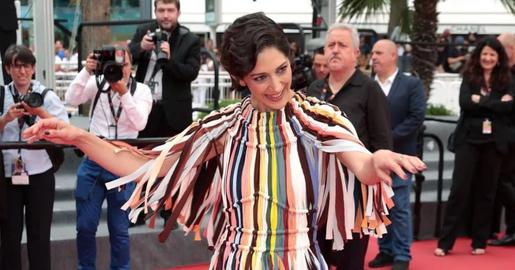




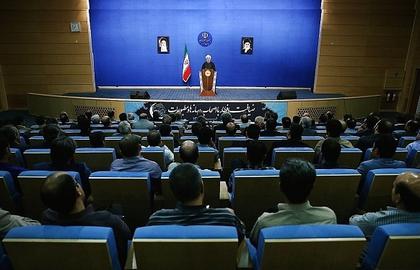
comments